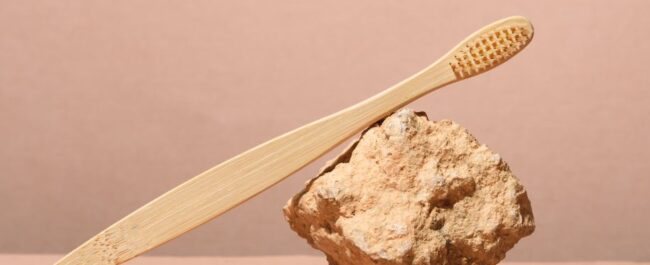Toothbrushes: Tips You Need to Know
The toothbrush is too often overlooked in terms of it’s importance. They’re not all created equal, and how you use your toothbrush is as important as the quality of it. Here we dive into this essential tool of oral hygiene – its history, innovations, and practical insights to enhance your oral care routine.
At Reflections Dental Oakville, we’re all about maintaining healthy smiles and serving our community. If you’re in the area and are looking for a dentist nearby, contact us!
1. Toothbrush Innovation Through the Years
From rudimentary chewing sticks used by ancient civilizations to the cutting-edge electric toothbrushes of today, innovations have played a pivotal role in shaping our dental care tools. Did you know?
- Ancient Times: Toothbrushes have ancient origins, with early forms dating back to civilizations like the Babylonians and Egyptians. These early tooth-cleaning tools often consisted of twigs with frayed ends.
- Chinese Innovation: The first recognizable toothbrush with bristles is credited to the Chinese Tang Dynasty. These brushes featured handles made from bamboo or animal bones and bristles from the stiff hairs of hogs.
- European Adoption: The concept of the toothbrush spread to Europe in the 17th century. Wealthy Europeans used toothbrushes with handles carved from bone or wood and bristles made from horsehair.
- Mass Production: The mass production of toothbrushes began in the 19th century. William Addis, an English entrepreneur, is often credited with manufacturing the first mass-produced toothbrush in 1780.
- Nylon Bristles: The invention of nylon in the 1930s led to a significant advancement in toothbrush design. Nylon bristles replaced animal hair, providing a more effective and hygienic option.
- Electric Toothbrushes: The first electric toothbrush was an innovation developed in Switzerland in 1954, and since then, various advanced models have been introduced. Advanced features such as pressure sensors, timers, and oscillating brush heads contribute to more effective oral care.
2. The Lifespan of a Toothbrush
Understanding the lifespan of your toothbrush is paramount to maintaining optimal oral health. As a rule of thumb, replace your toothbrush every three to four months. This timeframe ensures that the bristles remain effective and free from wear, preventing the accumulation of bacteria that could compromise your dental hygiene.
3. Choosing the Right Toothbrush for You
Selecting the right toothbrush is a personalized decision that can significantly impact your oral care. Consider factors such as bristle type, head size, and handle design. Manual or electric (yes, electric is often better). By aligning your toothbrush with your specific needs, you can maximize its effectiveness in promoting optimal oral health.
4. Toothbrush Storage Dos and Don’ts
Proper toothbrush storage is often overlooked but is crucial for maintaining hygiene. Do’s include storing them individually and upright with exposure to air. Don’ts include avoiding storage in closed containers or travel bags where bacteria or mould can proliferate. Of course never share your toothbrush and always rinse thoroughly after each use.
5. Travel-Friendly Dental Care
Maintaining oral hygiene while traveling is a common concern. If you don’t wish to travel with your relatively bulky electric toothbrush (and charger), get travel-sized toothbrushes if it means you uphold a brushing routine on the go.
6. DIY Toothbrush Hacks
Old toothbrushes need not end up in the trash. Discover creative and practical ways to repurpose them through our authoritative DIY hacks. From household cleaning to crafting projects, is there an alternate use for your old toothbrushes? Helping save the environment is a nice bonus!
Your Toothbrush is Important!
The toothbrush is not just a tool but a vital asset for your oral health. With this knowledge, you can elevate your oral care routine. The devil is in the details, and understanding them can make help you maintain a healthy, beautiful smile for years to come.


